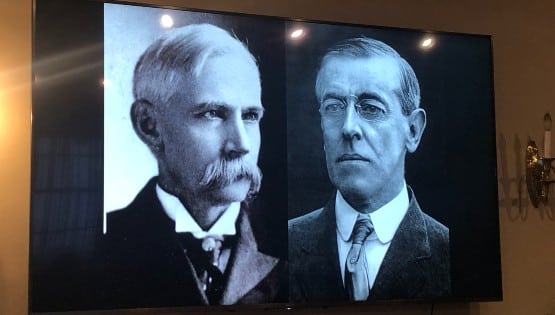
Three Virginia university satellites were deployed into nearly simultaneous orbit from the International Space Station via the NanoRacks CubeSat Deployer at 10:50 a.m. EDT this morning.
The Virginia CubeSat Constellation mission is a collaborative project of the Virginia Space Grant Consortium and four of its member universities: Old Dominion University (ODU), Virginia Tech (VT), University of Virginia (UVA), and Hampton University (HU). The three nano-satellites, each about 4 inches cubed and weighing approximately 3 pounds, have been developed and instrumented (one each at ODU, VT and UVA) to obtain measurements of atmospheric properties and quantify atmospheric density with respect to orbital decay.
Data collected will ultimately contribute to the scientific knowledge base around orbital decay and will be widely shared. Ground stations at UVA, ODU and Virginia Tech will now begin making contact with their satellites. Data analysis will take place using an analytical tool being developed by students from Hampton University’s Atmospheric and Planetary Sciences Department.
“To know that all three satellites are now in orbit is extremely gratifying. Kudos to the students who have worked hard and gained immeasurable knowledge and experience from participating in this student-led mission and to the faculty who have advised them,” said Mary Sandy, Virginia Space Grant director and mission principal investigator. “Achieving Earth orbit is a huge mission milestone. These are the first student-developed satellites in orbit for all three of the universities.”
“Our mission has already been successful in meeting our educational goals, but it is fantastic to know that the satellites have been deployed into orbit and we can begin the next step of communicating with them from our ground stations,” notes Dr. Chris Goyne, UVA professor and faculty technical lead for the mission.
More than 150 undergraduate students across many disciplines at the participating universities have worked on the mission for the past three years under the guidance of faculty advisors.
The ODU satellite, which has a drag brake to intentionally cause orbital decay, is expected to remain in orbit for up to four months. The other two satellites should orbit for up to two years at an altitude of 250 miles before burning up when they re-enter Earth’s atmosphere.
The students named their satellites after the Roman goddesses on the back of the Virginia State Seal who represent the blessings of freedom and peace. UVA has chosen Libertas, the goddess of individual liberties; Virginia Tech selected Ceres, the goddess of agriculture; and Old Dominion University chose Aeternitas, the goddess representing eternity.
The three satellites were launched to the International Space Station on April 17 in the Cygnus module of the Northrop Grumman Antares rocket as part of a resupply mission to the space station. The launch took place from the Mid-Atlantic Regional Spaceport at Wallops Island, Va.
The mission has benefitted greatly from expert advice from NASA, industry and academic advisors as well as in guidance from NanoRacks, the world’s leading commercial space station company.
The project is part of NASA’s CubeSat Launch Initiative which provides opportunities for small satellite payloads built by universities, high schools and non-profit organizations to fly on upcoming launches. It is funded by the NASA Undergraduate Student Instrument Program and the Virginia Space Grant Consortium. The Undergraduate Student Instrument Program is managed by NASA’s Wallops Flight Facility on Virginia’s Eastern Shore.










